Series Contents:
- Forklift Terminology Part 1: Introduction To Basic Forklift Features
- Forklift Terminology Part 2: Mast Details & Dimensions
- Forklift Terminology Part 3: Stability & Manoeuvrability
- Forklift Terminology Part 4: Types of Forklifts & Tires
Mast Details
- Lift Height: The height to which the top of the fork is raised when the mast is fully extended.
- Free lift: Height forks can be raised before the mast extends (i.e. Without increasing mast height)
- Lowered Height or Collapsed Height: Height from the floor to the top of the mast when it is lowered.
- Extended Height: the height to the top of the mast or load guard when mast is fully extended.
3 Common Mast Types:
- Duplex (2 stage): The mast has 2 sections, one outer that does not move and an inner section that raises and elevates the carriage and forks.
- Triplex (3 Stage): All MCM forklifts come with the triplex mast as standard. The height of the MCM triplex mast ranges from 4.2m to 5.5m depending on the client’s demands and consists of three sections (one outer and two inner rails). The 2 inner sections rise from the outside to the inside as the mast elevates higher. The mast type provides a shorter lowered height for use through doorways.
- Quad (4 Stage): consists of four sections (one outer and three inner rails). These sections rise from outside to inside, in four sections as the mast raises. Quad masts have the shortest lowered height for its lift and are used where there are very low height restrictions such as container doors.
Dimensions
Be aware of the basic dimensions such as length, height and width to ensure your forklift works within the parameters of your factory and floor space.
Overall length: the measure of a forklift from the front end of the fork arm to the back end of the machine. This is important to know as you need to be aware of how much room is available in the workplace so the forklift can manoeuvre efficiently and safely.
Overall height: refers to the forklift’s height which is measured from the ground to the highest point on the forklift. It is essential to know your forklifts overall height to ensure it fits through all doorways within the workplace.
Overall width: the width of a forklift can vary depending on where the measurements are taken from. Measurements are taken on either side of the machine’s body from a variety of positions including the axles, fender, fork carriage and tyres so be sure to specify with whoever you are dealing with which point your forklift is being measured from.
Even though these terms can be quite basic, you can never overlook or underestimate them. We hope you’ve found this week’s topic of Mast Details & Dimensions useful. Next week we will move on to Part 3: Stability & Manoeuvrability so stay connected. If you have any questions or comments you would like to ask, we will be happy to help to the best of our abilities.

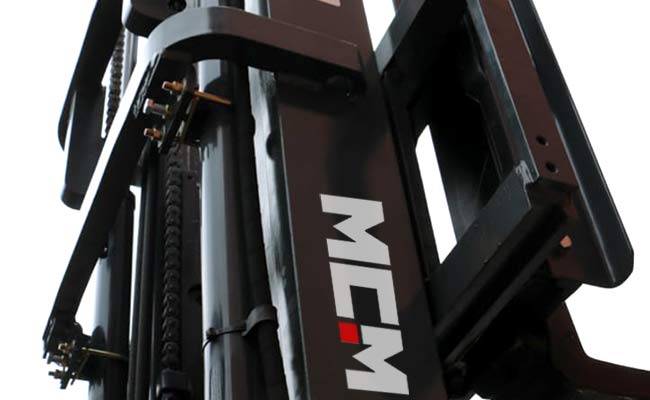

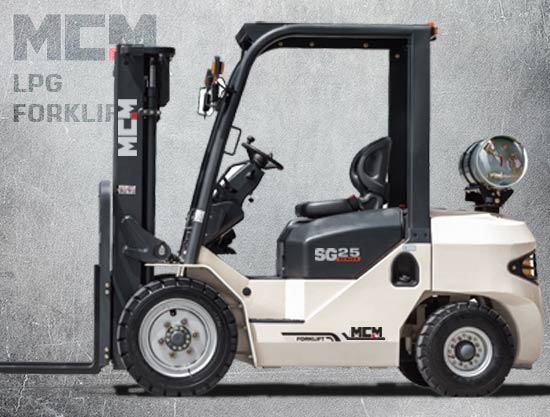

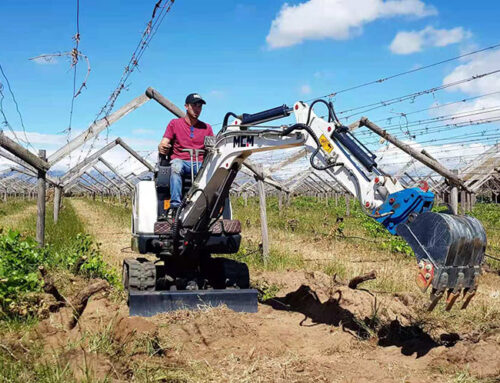
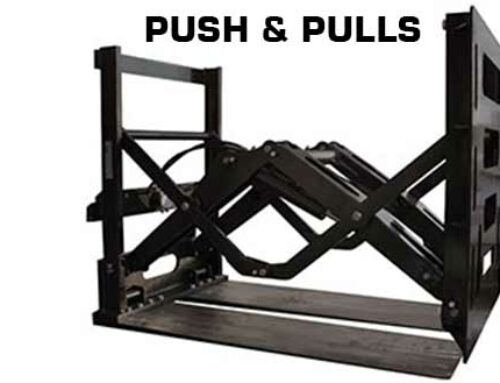
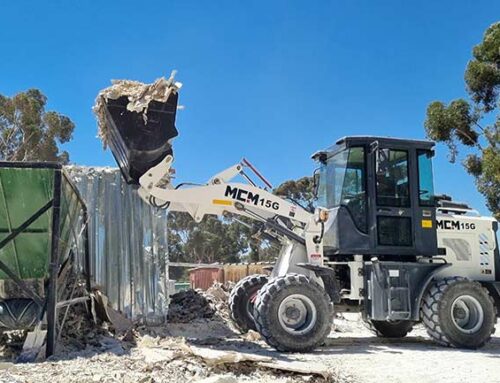
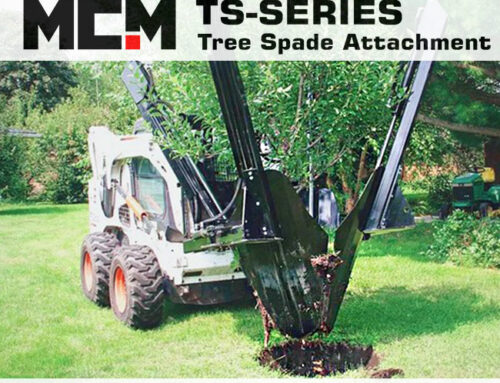
Leave A Comment